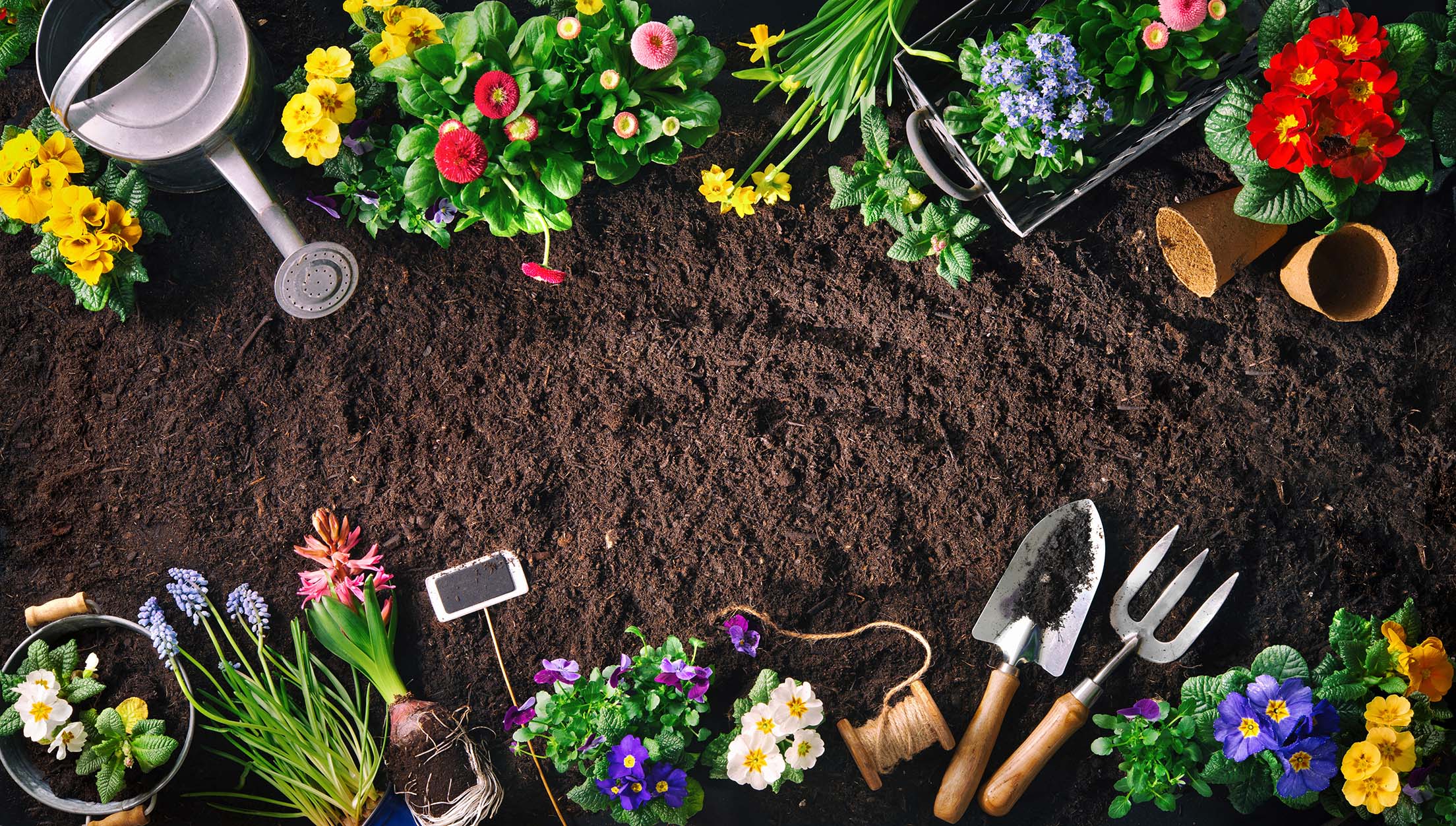Easy Gardening Tips to Change Your Yard Into a Lush Paradise
Changing your yard into a rich heaven involves a calculated strategy, starting with analyzing your space to understand sunlight patterns and dirt quality. Selecting plants that prosper in your local climate is critical, as is enhancing soil with raw material and efficient watering techniques. Enhancing aesthetic appeal with a mix of colorful flowers, plant, and architectural elements like paths and seating areas can raise your garden's charm. These preliminary steps are just the beginning-- discover how to further refine your gardening techniques to create a dynamic, inviting oasis that will become the envy of your neighborhood.
Analyze Your Room
Assessing your space is an important very first step in creating a successful backyard yard. This first analysis will certainly guide all succeeding choices, ensuring that your yard is both useful and attractive. Begin by gauging the measurements of your yard to comprehend the offered location. Keep in mind any existing structures, such as patios, pathways, or sheds, as these can influence your layout.
Recognize areas that get full sun, partial color, and full shade, as different plants have differing light requirements. Carrying out a soil examination can give useful info on pH degrees and vitamins and mineral web content, enabling you to make necessary amendments for optimal plant growth.
Drain is one more essential variable - gardening tips. Poor drainage can lead to waterlogged soil, detrimental to many plants. Look for locations where water often tends to swimming pool after rainfall and think about carrying out options like increased beds or French drains
Finally, evaluate the microclimates within your yard. Elements such as wind exposure, proximity to structures, and altitude modifications can produce distinct expanding problems. Recognizing these nuances will certainly assist you make notified selections, establishing the stage for a thriving backyard yard.
Choose the Right Plants
Picking the ideal plants for your backyard garden is essential to accomplishing a balanced and lively landscape. To start, take into consideration the regional climate and strength area, as these elements determine which plants will certainly flourish in your environment. Durable perennials such as lavender and coneflowers are optimal for cooler climates, while exotic plants like hibiscus and bougainvillea suit warmer areas.
Following, evaluate the quantity of sunlight your garden gets. Plants have varying light needs; some thrive completely sun, while others favor partial shade or complete shade. Sun-loving plants like tomatoes and sunflowers require a minimum of six hours of straight sunlight daily, whereas hostas and brushes flourish in shaded areas.
In addition, take into consideration the dirt enter your garden. Some plants favor well-drained sandy dirts, while others flourish in clay or fertile problems. Indigenous plants are commonly a wise choice, as they are normally adjusted to the local dirt and environment, needing less maintenance.

Optimize Soil Quality
Enhancing soil quality is the next critical action to guarantee your picked plants grow. gardening tips. Performing a soil examination is vital; it offers understandings right into pH levels and nutrient shortages, allowing you to customize changes precisely to your yard's requirements.
Including raw material, such as get redirected here compost or well-rotted manure, can considerably boost soil framework and fertility. Organic matter improves oygenation, water retention, and microbial activity, which are all crucial for healthy and balanced plant growth. Aim to include a 2-3 inch layer of raw material to your dirt yearly, mixing it well to incorporate with the existing soil.
Additionally, take into consideration the structure of your soil-- whether it is sandy, clay, or fertile. Each type has unique qualities that impact water drainage and nutrient accessibility. Changing sandy dirts with raw material can improve its water-holding capability, while incorporating plaster into clay dirts can boost drainage and lower compaction.
Implement Watering Strategies
Just how vital is a well-planned watering approach to the success of your backyard garden? Essentially, it is the lifeline that sustains plant wellness and fosters development. Correct watering guarantees that plants obtain the correct amount of dampness, avoiding both under- and over-watering, which can lead to wilting or root rot.
First, consider the certain requirements of your plants. Various species have differing water needs.
Second of all, timing is key. Watering in the early morning or late afternoon lessens evaporation and allows plants to absorb wetness effectively. This method saves water and supports much healthier origin systems.
Additionally, using effective watering methods such as drip watering or soaker pipes can maximize water usage. These techniques provide water directly to the origins, minimizing waste and promoting deeper root growth.
Last but not least, think about mulching. Applying a layer of compost around plants aids maintain soil dampness and minimizes the requirement for frequent watering. By applying these methods, you can ensure your backyard garden remains resistant and dynamic, even during periods of dry spell.
Incorporate Garden Attributes
Integrating garden functions can substantially enhance both the aesthetic charm description and functionality of your yard yard. Thoughtfully picked features such as paths, water aspects, and garden structures can produce an unified and welcoming environment. Paths, constructed from materials like gravel, rock, or wood, not only guide visitors via the garden yet likewise prevent soil compaction and shield plant roots.
Water features, such as water fountains, fish ponds, or little waterfalls, present a calming auditory component while sustaining regional wild animals like birds and valuable bugs. The audio of trickling water can also lower the understanding of environmental pollution, producing a calm atmosphere.
Garden structures, including trellises, arbors, and pergolas, offer both upright passion and practical assistance for climbing plants. These elements can also provide shaded areas for relaxation and celebrations. In addition, including seating locations and attractive components like statuaries or yard art can personalize the room, making it a true reflection of your style.
Verdict
Finally, changing a yard into a rich paradise involves a complete analysis of the readily available room, cautious choice of plants fit to regional climate conditions, and optimization of soil quality through organic enrichment. Implementing efficient sprinkling strategies guarantees continual plant health and wellness, while incorporating structural aspects such as paths and seating areas improves visual appeal and capability. These steps collectively add to the development of a dynamic, wikipedia reference welcoming yard space that thrills the senses.

In final thought, changing a backyard right into a lavish paradise entails a complete evaluation of the offered room, careful choice of plants matched to local climate conditions, and optimization of dirt top quality through organic enrichment.